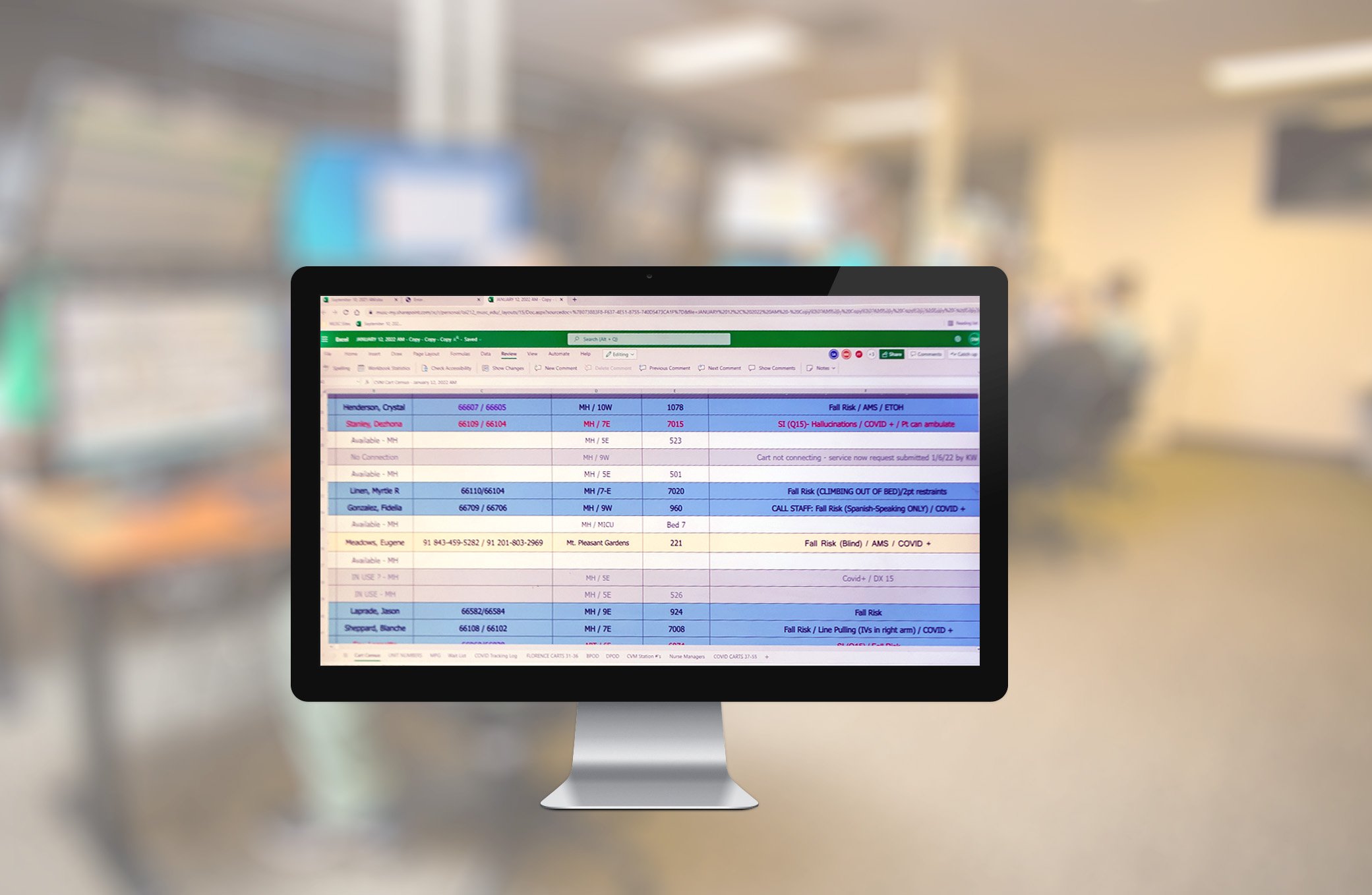The Future of Medical Care: Remote Patient Monitoring Simplified
As medical care continues to advance, one area that holds enormous promise is remote individual monitoring. The idea of streamlining this process via technological developments is improving the means treatment is supplied and received. With a focus on improving patient outcomes and simplifying healthcare shipment, remote monitoring is poised to revolutionize the market. By discovering the advantages, technological innovations, and future patterns in this area, we can get important insights into the transformative potential of remote person surveillance.
Benefits of Remote Individual Monitoring
Remote person surveillance presents a wide variety of advantages for both healthcare providers and patients alike. One substantial benefit is the capability to constantly check clients' important indications and health information from another location. This real-time tracking makes it possible for medical care service providers to find any type of concerning changes or trends promptly, leading to early treatments and possibly preventing clinical emergency situations. In addition, remote client tracking boosts the general high quality of care by supplying a much more holistic and detailed view of patients' wellness standing past standard in-person gos to.
Furthermore, remote person monitoring can lead to enhanced client end results and complete satisfaction. Remote tracking can lower the requirement for constant hospital sees, lowering health care prices for both clients and suppliers.
Technology Driving Remote Tracking
In the world of modern healthcare, technical advancements play a pivotal duty in driving the development and effectiveness of remote person tracking. The assimilation of cutting-edge modern technologies such as wearable devices, mobile applications, and cloud-based platforms has reinvented the means medical care service providers from another location keep track of and manage patient health - software for remote patient monitoring. These technologies allow continuous real-time monitoring of important signs, medication adherence, and other critical wellness data, permitting for prompt interventions and individualized treatment strategies
One key technology driving remote tracking is the Internet of Points (IoT), which allows smooth connection in between clinical gadgets and medical care systems. IoT gadgets such as smartwatches and cordless sensors accumulate and transfer client information to central systems, helping with remote monitoring from throughout the world. Fabricated knowledge (AI) and device discovering algorithms even more enhance remote monitoring by evaluating huge quantities of person information to find patterns, forecast health and wellness patterns, and alert medical care carriers to potential issues.
Effect On Medical Care Delivery
With the integration of innovative technologies driving remote person monitoring, the effect on health care delivery is becoming transformative and increasingly profound. Remote patient surveillance permits doctor to offer even more aggressive and tailored care to patients, leading to improved wellness end results and lowered medical facility admissions. By from another location tracking important indicators, signs and symptoms, and medicine adherence, health care professionals can intervene early, protecting against difficulties and improving the overall top quality of treatment.
Furthermore, remote monitoring boosts access to health care services, especially for individuals in country or underserved locations. Individuals can receive continuous surveillance and support from their homes, eliminating the need for constant in-person visits. This not just saves time and minimizes expenses for both individuals and health care facilities but also minimizes the threat of direct Bonuses exposure to infectious conditions, a crucial factor to consider in the current healthcare landscape.
Additionally, remote patient monitoring enables health care suppliers to far better allot sources and focus on care based upon real-time data. By recognizing risky patients and intervening promptly, healthcare distribution comes to be much more reliable and efficient, ultimately bring about a more lasting and patient-centered medical care system.
Improving Person End Results

Furthermore, RPM permits positive administration of chronic problems, minimizing the probability of severe worsenings and health center readmissions. Patients take advantage of increased benefit and comfort, as they can receive care in their own homes while staying linked to their health care carriers. This continuous tracking not only improves person satisfaction however additionally promotes a sense of empowerment and interaction in their own wellness administration.
Future Trends in Remote Monitoring
Welcoming innovative innovations in remote patient surveillance is forming the future landscape of medical care distribution. One significant fad is the increased use of wearable tools and sensing units to collect real-time information, enabling health care providers to keep track of people constantly without the demand for constant in-person check outs.

In addition, telehealth platforms are ending up being extra sophisticated, permitting digital assessments, remote diagnosis, and remote person monitoring all in one integrated system (remote patient monitoring software). This holistic technique resource to remote surveillance is streamlining healthcare delivery, improving individual complete satisfaction, and eventually, boosting total top quality of treatment
Conclusion
To conclude, remote individual surveillance supplies numerous advantages in healthcare delivery, driven by advancements in innovation. It has the prospective to enhance individual end results and change the means medical care is supplied. Future fads in remote monitoring will certainly proceed to form the landscape of medical care, giving possibilities for even more effective and individualized individual care.
Remote client tracking provides a wide variety of advantages for both medical care service providers and clients alike. Additionally, remote client monitoring enhances the general high quality of care by supplying a much more thorough and holistic view of patients' health and wellness condition past typical in-person visits.
Moreover, remote patient monitoring can lead to enhanced patient outcomes and satisfaction. Remote patient monitoring allows healthcare suppliers to supply more customized and proactive care to clients, leading to improved health results and decreased hospital admissions. Remote person surveillance (RPM) plays a substantial role in improving individual results by offering continuous, real-time data that enables medical care suppliers to interfere immediately and adjust treatment plans as needed.